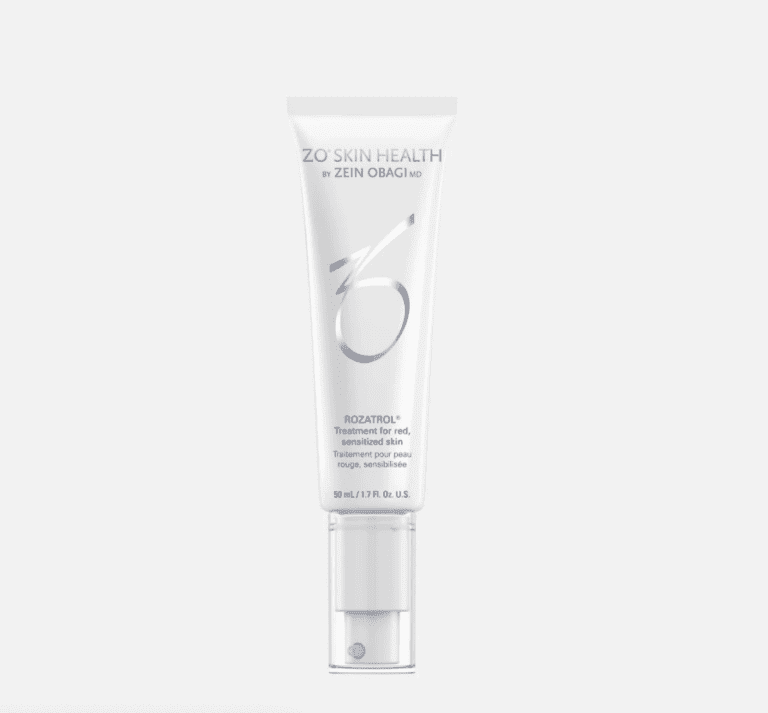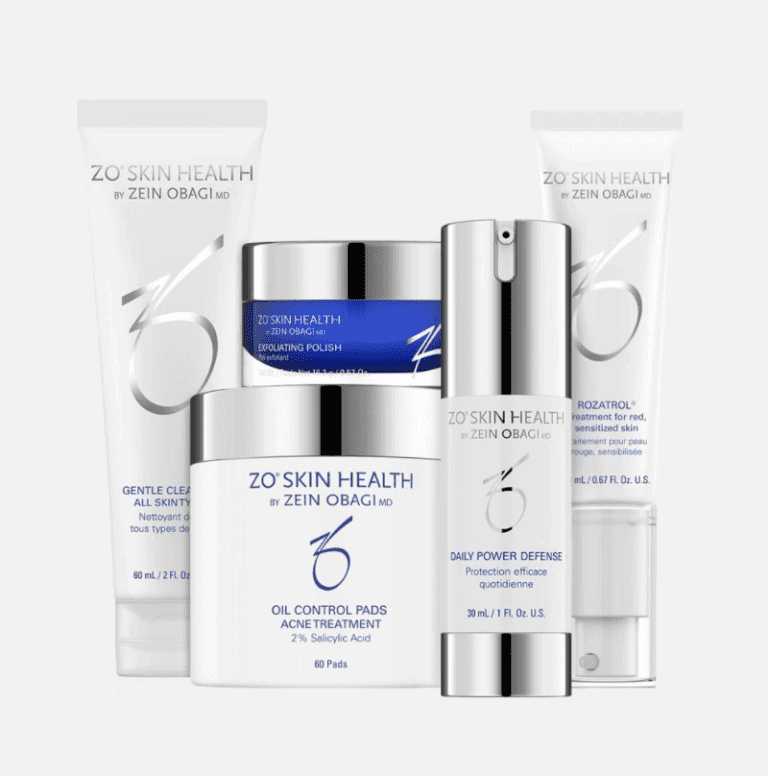
Rosacea (pronounced roh-zay-sha) is a skin condition that mainly affects the face. The difficult-to-manage condition can be frustrating and irritating.
What is Rosacea?
The skin condition is more common in women and people with lighter skin. But, men tend to get worse symptoms when they do have it. The long-term skin condition can start with a tendency to flush or blush easily. It can also cause visible blood vessels and may produce small, pus-filled bumps.
What Causes Rosacea?
Most people who get rosacea are:
- Between 30 and 50 years of age
- Fair-skinned
- Likely to have a family history of rosacea
- Likely to have had acne
Although women are slightly more likely to get rosacea, men are more likely to get severe rosacea. So what causes rosacea? Skin experts and scientists are still trying to find out the exact cause of rosacea, but some triggers can make symptoms worse, such as:
Alcohol
- Hot drinks
- Cheese
- Caffeine
- Spicy foods
- Aerobic exercise (e.g. running)
- Exposure to sunlight
It’s possible that a combination of factors could be responsible for the skin condition, including:
- Blood vessel abnormalities
- Microscopic mites
- Skin peptides
- Genetics
What are the Symptoms of Rosacea?
Symptoms of rosacea can flare up for weeks to months and then disappear for a while. The first signs of rosacea tend to be:
- Redness or blushing across the face, nose, cheeks, forehead, and chin that comes and goes.
- A stinging feeling when you use water or skincare products on the face.
There are 4 subtypes of rosacea, although many people find that they have symptoms from different types. Here are the 4 types of rosacea and the associated symptoms:
- Erythematotelangiectatic Rosacea – a persistent redness on the face. Small blood vessels become large and visible. Often, flare-ups come and go, but they can be permanent. The skin may be swollen, sensitive, stingy, and dry.
- Papulopustular Rosacea – pus-filled blemishes and red swollen bumps typically on the cheeks, chin, and forehead. Oily skin and acne-like breakouts.
- Phymatous Rosacea – skin can thicken and scar, making it bumpy and swollen. This is a rare type of rosacea. Oily skin and pores look large.
- Ocular Rosacea – symptoms affect the eyes, causing them to look bloodshot and water. Eyes feel gritty, stingy, and dry.
How Can You Treat Rosacea?
Because rosacea is a chronic skin condition, it can impact a person’s quality of life. Your treatment will depend on the type of rosacea you have and the severity of your symptoms.
ZO Skin Health offers a range of comprehensive solutions to help you maintain healthy skin and target certain conditions. Here are a couple of ZO’s best solutions for targeting redness:
ZO’s Rozatrol – this serum is for red, sensitized skin and works to reduce excess oil. It uses ultra-gentle exfoliation to encourage the turnover of cells and decrease the signs of ageing. It features an advanced amino acid complex to restore a more radiant complexion.

ZO’s Skin Normalizing System – this is a 5 product regime to target redness. It features Rozatrol for red and sensitized skin. For radiant skin, the product package helps smooth skin texture and even skin tone.

If you’re looking for a new skin treatment plan to help with your rosacea, please don’t hesitate to contact u s at The Harley Clinic. Book a consultation today through 0203 582 4947 or by sending an email to [email protected].
Further Reading:
- How to Stay Looking Young And Refreshed: 6 Tips From a Plastic Surgeon
- The 4 Most Popular Non-Surgical Cosmetic Procedures Right Now
- The 8 Top Anti-Ageing Treatments For Glowing and Youthful Skin
- Can You Remove Acne Scars Permanently
- What Makes You Look Older? 10 Unhealthy Habits to Avoid
- 6 Useful Skincare Tips for Men This Winter to Combat Dry and Dull Skin
- 5 Ways Not Enough Sleep Can Impact Your Skin










